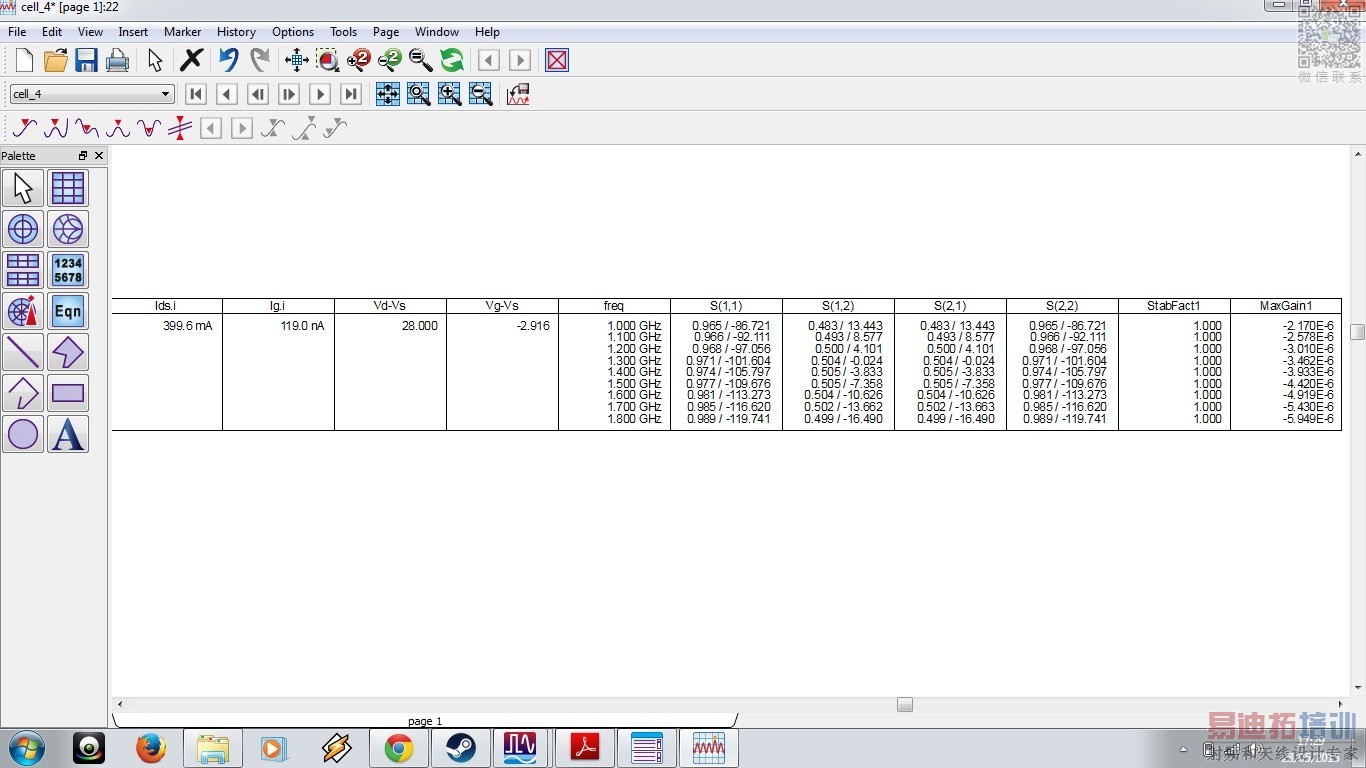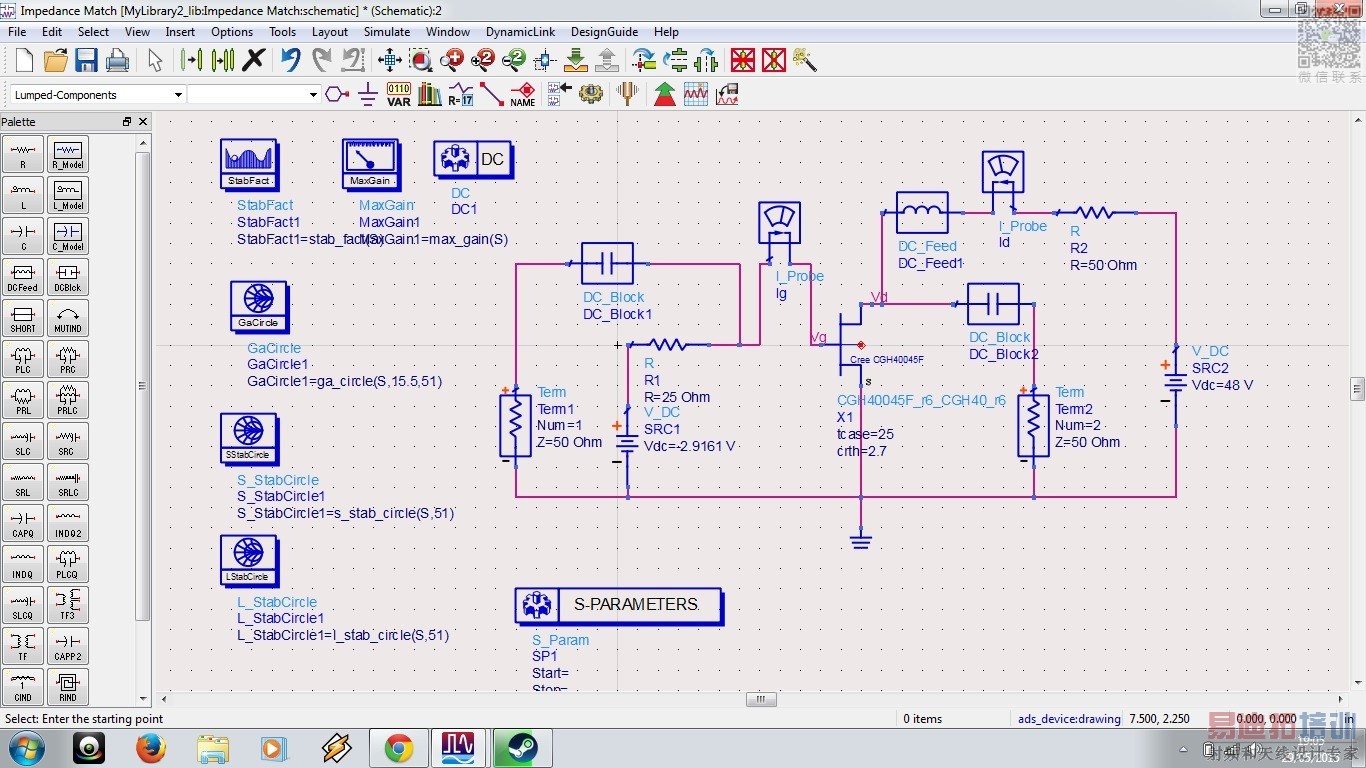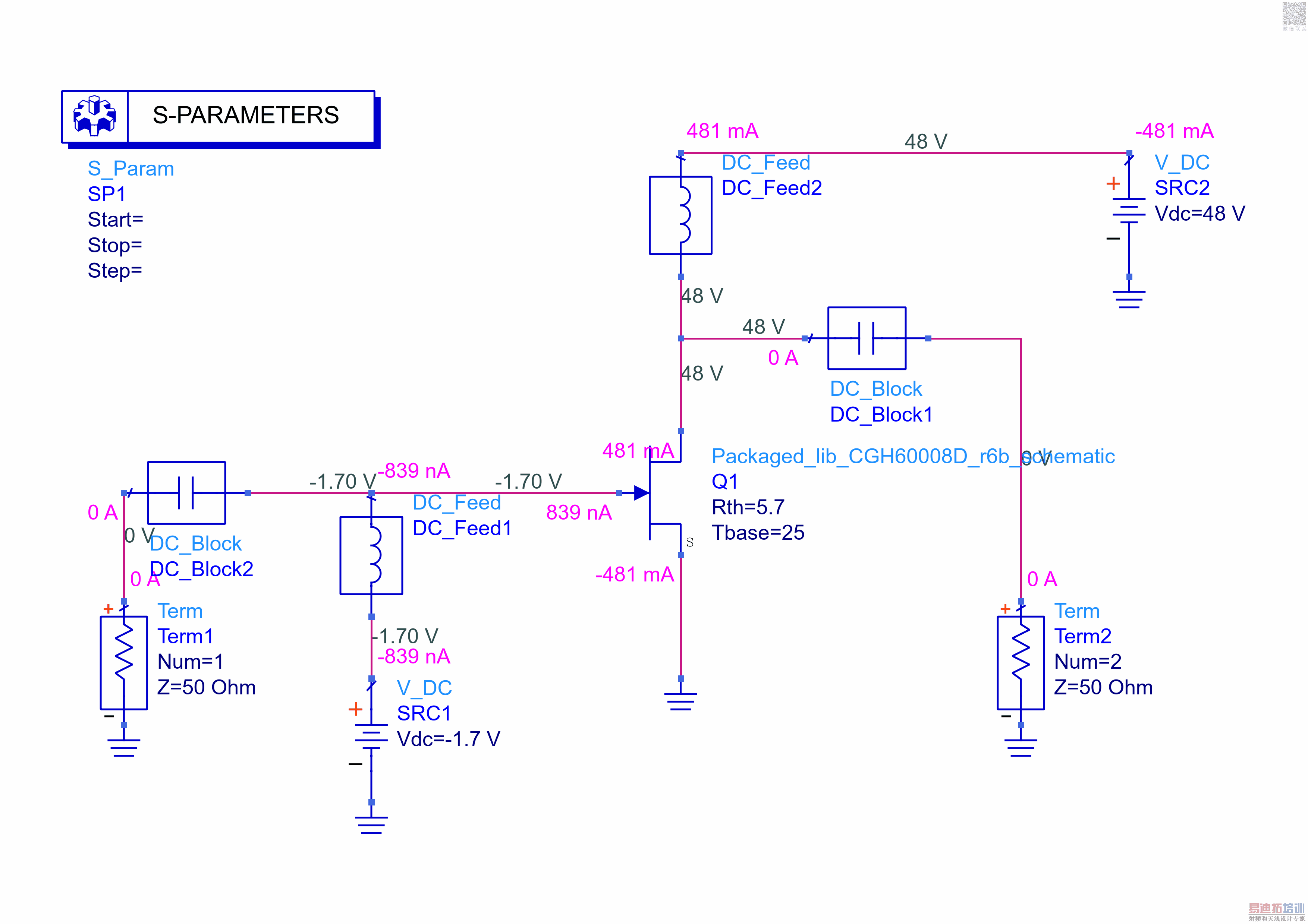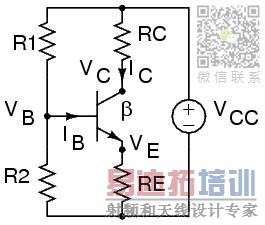- 易迪拓培训,专注于微波、射频、天线设计工程师的培养
Problem With S-Parameter Biasing in Class A Amplifier using ADS


The question is, why i keep getting minus MaxGain and also the odd S-parameter ?
Thanks before
Source is floating for RF signals so s-parameters will be mistaken.
Sir, what should i do then ?
Thank you your help.
Hi,
Device should be properly matched. As you can see that your S(1,1) is almost 1. Input impedance of transistor need to be transoformed to 50 ohm.
I can see strange values from the result table you posted.
Try to:
Remove DCfeed2 otherwise the RF has no return path on the transistor (as said in post #2 of BigBoss)
insert a DC voltage generator and connect it from DCfeed3 and ground (R3 can be set to 0 ohm), then reguate the voltage until you reach the operating point you want in terms of Id.
Furthermore it's better you swap Term1 with Term2, because usually Term1 is input and Term2 output, so S21 is the forward gain and S12 the reverse gain, S11 the input impedance and S22 the output impedance.
This just to start
Thank you sir for your information.
Furthermore it's better you swap Term1 with Term2, because usually Term1 is input and Term2 output, so S21 is the forward gain and S12 the reverse gain, S11 the input impedance and S22 the output impedance.
This just to start








